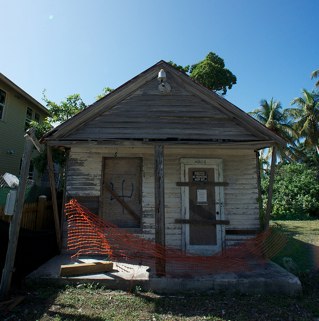How to Understand the Pre-Foreclosure Process

Applying for any sort of loan from a financial institution requires you to present a guarantee, which is normally in the form of your property. Once you repay your loan completely, your property is returned to you automatically and you become eligible to sell it to anyone. However, if you fail to repay your loans, the lender might have the right to sell your property and take the money. Foreclosure occurs when you/owner of the property cannot make payments on their loan and eventually the real owner (usually banks) of a particular property seizes and sells it to someone else. This process of foreclosure is not complex but there are different stages which you need to understand. From Notice of Default to Country Recorder’s Office, this process is usually completed in five working days.
Instructions
-
1
Foreclosure and its stages
In the United States, usually foreclosure has different stages. It begins with a warning, if a homeowner fails to pay his/her mortgage. The prime owner (lender) of the property gives three to four months time before he/she issues a legal warning. Even if issuing a warning does not work, the prime owner goes for the auction stage. This is an open auction where the highest bidder gets the property. On the other hand, if a particular home or property is not sold at auction, it will go back in the market as bank owned property. -
2
Pre-foreclosure options
If someone remains unable to pay his/her mortgage on any type of property, the bank can still gives him/her a chance to refinance the mortgage. Although this is a pre-foreclosure option, it is very expensive at the same time. Due to the double interest rate, the property’s value will increase automatically. -
3
Options for home buyers
Pre-foreclosure process also provokes property buyers as there are real estate agents who always keep an eye on what is happening in the surroundings. They wait for the auction and then intelligently place their bids. These real estate experts also make contacts with prime owners of a particular property and try to deal with them directly. -
4
Different foreclosure processes
There are two types of foreclosure processes. First is public (non judicial) while the second is judicial. In judicial process, you need the approval of the Court. First the lender issues a Declaration of Default to the trustee and then court issues Notice of Default to the homeowner.







